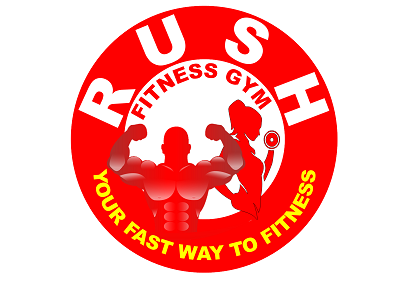
According to a 2016 study, more than 1/3 of American adults don’t get the recommended minimum seven hours of sleep per night. If you’re included in that group, you’ve likely heard (and tried) many tricks to get a better night’s sleep: Follow a set sleep schedule. Drink sleep-inducing tea. Turn on a white noise machine.
But when it comes to scoring quality shut-eye, what you don’t do is just as important.
Case in point: These seven common mistakes can stand between you and the sleep your body needs. Take note of each for a restful night’s sleep.
1. REFINED CARBS
As if those sugary, refined and processed carbs (Think: white bread, cookies, candy) didn’t have a bad enough health reputation, 2016 research from Columbia University shows that, on days when people eat sugar and refined carbohydrates, they have trouble falling asleep. When they finally do nod off, their sleep patterns are disrupted. The carbs-sleep connection may have to do with the roller coaster blood sugar and insulin levels that refined carbs cause, according to researchers.
They also note that when study participants ate more fiber from carbs such as whole grains and produce, they slept much better.
2. UNWINDING WITH SOCIAL MEDIA
As soon as most people’s heads hit the pillow, they start scrolling through social media. And while it might feel like “unwinding,” the bright blue light of your phone can throw your circadian rhythm out of whack and make falling asleep more challenging once you actually power down, says W. Christopher Winter, MD, owner of Charlottesville Neurology and Sleep Medicine clinic and CNSM Consulting and author of “The Sleep Solution.” In fact, a 2016 study published inPLOS One found people who use their phone the most, especially before bed, sleep the worst.
If you absolutely have to check Instagram before bed, Winter recommends turning down your phone’s brightness. If you have an iPhone, turn on its Night Shift setting, which will dial down the screen’s blue light at night.
3. THICK BLANKETS
We know, it’s not what you want to read this time of year, but hear out an expert: “When you go to bed, your body is in a state trying to cool down,” says Winter. “We all experience a natural temperature drop right before we fall asleep.” So, if you’re under thick blankets and wearing extra warm PJs, you prohibit your body from cooling itself and kickstarting sleep. Plus, research published in Diabetes links consistently sleeping in a chilly room (66° is a good temp) to improved insulin sensitivity and lower levels of fat.
Finding it hard to get out of bed when it’s cold outside? Try setting your house’s thermostat to start warming up right before your alarm goes off.
4. NIGHTCAPS
We know what you’re thinking: “Wait, I fall asleep faster when I’ve had a drink!” It might seem that way, but it’s important to realize “sedation is not the same thing as restorative sleep,” says Winter. What you’re vying for is the latter. In fact, in one 2015 study out of the University of Melbourne, researchers found that alcohol triggers the same changes in sleep patterns that you’d see in someone receiving small electric shocks all night long. Sounds really restful, huh?
On average, it takes one hour for the body to metabolize (aka break down) an ounce of alcohol, or about a shot, so time your drink and bedtime accordingly.
5. LOTS OF PILLOWS
All of those decorative pillows on your bed look trés chic, but when it’s time to sleep, they are better off decorating the floor. “To minimize back and neck pain, I advise my patients to sleep in a ‘neutral spine’ position,” says Anne Marie Bierman, a physical therapist with Athletico in Illinois.
“For example, if you are lying on your back, avoid propping your head up with too many pillows,” she says. “If side-lying, try to keep your neck in line with the rest of your body with an appropriately sized pillow.”
6. COUNTING SHEEP
‘If I go to sleep now, I’ll get 6 hours and 32 minutes of sleep.’ We’ve all been there, experiencing the minute-by-minute math equations, sheep counting and trying to will ourselves to sleep. But it doesn’t work. “You can’t control when you fall asleep. But you can control being in your bed and turning the lights out with a goal of resting, rather than sleeping,” says Winter.
Rest itself is incredibly recharging. “And by changing the goal, you take off the pressure to fall asleep — which will actually make falling asleep easier,” he says.
7. SLEEPING ON YOUR STOMACH
When you sleep on your stomach, you tend to put your body — especially your neck — in some pretty unnatural positions … for hours on end. “If a patient has neck pain and is a belly sleeper, we discuss how that prolonged prone position can affect the joints and soft tissue as they sleep, increasing stress on their neck,” says Bierman . (However, if you’re a stomach-sleeper and your neck feels fine, cool. Keep doing what you’re doing, she says.)
Changing your regular sleep position can be tough. If you’re trying to make yourself into a side- or back-sleeper, consider using pillows to wedge yourself into place so that you still have the pressure you like on your tummy. A weighted blanket is another great option for making you feel like you’re on your stomach, even when you’re not.
Source: blog.myfitnesspal.com
Don't forget to like and share!
